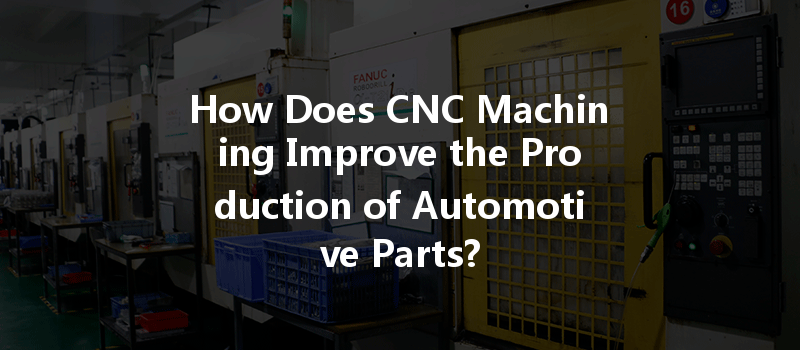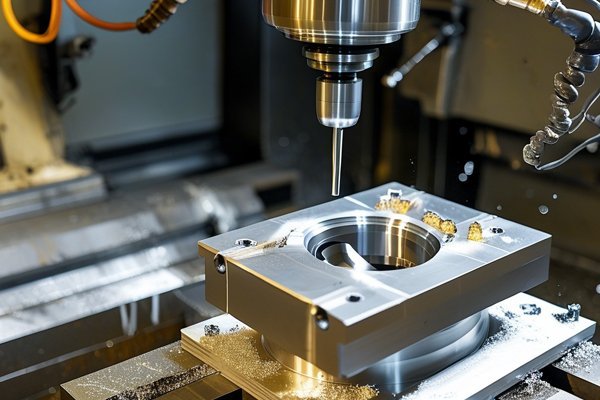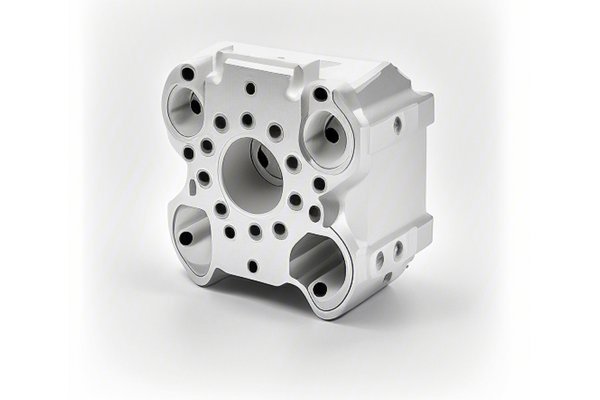—
Did you know that the automotive industry is one of the largest consumers of CNC (Computer Numerical Control) machining services? In fact, it is estimated that over 75% of the world’s automotive parts are now produced using CNC technology. This statistic speaks volumes about the transformative impact CNC machining has had on automotive manufacturing. As the industry continues to innovate, CNC machining stands at the forefront, enhancing production efficiency, precision, and flexibility. In this comprehensive blog, we will delve into how CNC machining revolutionizes the production of automotive parts, the challenges it addresses, and the myriad benefits it offers to manufacturers.
—
Chapter 1: The Foundation of CNC Machining
What is CNC Machining?
CNC machining involves the use of computer software to control machine tools, allowing for high precision and repeatability in manufacturing. This technology can process a variety of materials, including metals, plastics, and composites, making it exceptionally versatile.
History of CNC Machining in the Automotive Industry
The automotive sector began adopting CNC machining in the 1960s, initially to automate the machining of complex components more efficiently than traditional methods. This transition marked a turning point in how automotive parts were manufactured, contributing to the rise of mass production.
Types of CNC Machining Processes
Several CNC machining processes are crucial for automotive production:
—
Chapter 2: The Need for Precision in Automotive Production
The Importance of Precision
Precision is paramount in the automotive industry, as even minute discrepancies in parts can lead to severe safety implications. A well-coordinated assembly of components ensures that vehicles perform optimally and adhere to safety standards.
How CNC Machining Achieves Precision
CNC machining enhances precision through:
—
Chapter 3: Addressing Challenges in Automotive Part Production
Production Speed and Efficiency
CNC machining drastically improves production speed and efficiency. Automated processes reduce the time needed to produce individual parts while increasing overall output.
Reducing Material Waste
With traditional machining, excess material waste can significantly increase costs. CNC machining minimizes waste through precise tool paths, effectively making the best use of raw materials.
Complexity in Design
The automotive industry is constantly innovating, leading to increasingly complex parts that require advanced machining. CNC technology allows manufacturers to produce intricate designs that would be impossible with manual machining.

—
Chapter 4: Innovations in CNC Machining for Automotive Parts
Integrating Additive Manufacturing
Additive manufacturing, or 3D printing, is increasingly being merged with CNC machining for prototyping automotive parts. This hybrid approach allows for rapid prototyping and adjustments before committing to full-scale production.
Smart Manufacturing Technologies
The adoption of IoT (Internet of Things) and AI (Artificial Intelligence) technologies is revolutionizing CNC machining. Smart machines can predict maintenance needs, analyze production efficiencies, and adapt to varying production demands.
—
Chapter 5: The Economic Impact of CNC Machining
Cost-Saving Benefits
While the initial investment in CNC machinery can be high, the long-term savings are substantial due to reduced labor costs, material waste, and quicker production times. Automakers often see a return on investment in a short period due to these efficiencies.
Enhanced Competitiveness
Companies utilizing CNC machining can enhance their competitiveness by producing higher-quality parts at lower costs. Being able to respond quickly to market demands is crucial in the ever-evolving automotive industry.
—
Chapter 6: Case Studies of CNC Machining in Automotive Production
Success Stories
Here, we will delve into case studies from leading automotive companies that have successfully integrated CNC machining into their production lines. We’ll explore the strategies employed, the challenges faced, and the eventual outcomes.
—
Chapter 7: The Future of CNC Machining in Automotive Manufacturing
Trends to Watch
The future of CNC machining in the automotive industry looks promising, with advancements such as:
Emphasizing Workforce Training
As technology advances, the workforce must adapt through continuous training in CNC operations, programming, and maintenance. Investing in skilled labor will ensure that automotive manufacturers can take full advantage of CNC’s potential.
—
: The Necessity of CNC Machining in Automotive Innovation
In summation, CNC machining has transformed the automotive industry by promoting precision, reducing material waste, and enhancing production speed. Its integration of technology not only meets current manufacturing demands but also paves the way for future advancements. The challenges faced in automotive production are being consistently addressed with CNC machining, making it an invaluable asset to manufacturers.
Reflecting on the impact of CNC machining is vital, as it showcases how far the industry has come while highlighting the potential for future growth. Embracing CNC technology is no longer a choice but a necessity for those who aim to thrive in the automotive sector.
As you consider the implications of CNC machining in your automotive manufacturing processes, remember that staying informed and adapting to technological shifts is the key to remaining competitive in this dynamic industry.
—






